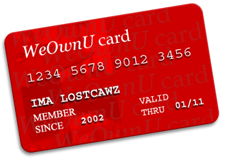 As much as I love ING Direct, where my household’s money is concerned, I’m going to veer away from the orange guys for a while.
As much as I love ING Direct, where my household’s money is concerned, I’m going to veer away from the orange guys for a while.
I have to test out some new “banking waters,” you see.
Like a great many financial bloggers, I’m a huge fan of ING Direct’s Orange Savings account. And I’ve had a tremendous experience with their Electric Orange checking account. I had doubts about the online-only checking concept initially, but the EO account has performed better than I could’ve imagined.
On top of that, I and all savers are highly indebted to ING for ushering in the whole era of online-only savings accounts in general. Emigrant Direct … HSBC Advance … FNBO Direct … all those guys followed ING’s lead into the online savings space. While many (most!) of them have offered rates better than ING’s, none have executed the online savings account (OSA) concept better. (My personal opinion, of course.)
But at Four Times the Return…
So here we are: Savings-account rates are flat on the floor. As such, I can no longer pass up the offers I’m seeing out there for users of “rewards” checking accounts.
In particular, an Oklahoma credit union at which my wife and I have held various accounts over the years has its own Rewards Checking account that stands apart from most. They’re offering rates currently four times higher than the rates I’m getting with ING’s Orange Savings … and seventeen times better than the payout on Electric Orange.
Fort Sill Federal CU: FSFCU Rewards Checking (4+% APY)
Also, since this is an Oklahoma financial institution, the first $200 of interest we earn will be state-tax-deductible for us. That doesn’t add up to much, but it’s better than the deductibility we get from our ING Direct earnings — which is nil.
The high APY applies to the first $25k of money in the account. After that, if the various requirements (see below) are met, the APY on any additional funds over the $25k level will be .50% APY. If the requirements are not met, the APY on all funds drops to .35%. (Note that this yield is still higher than what’s offered currently on ING’s Electric Orange, which is .25% APY.)
Rewards Checking: Always Requirements
As with all rewards checking programs, there are some hefty requirements associated with this account. To get the advertised yield each month, users must:
- Make at least 12 debit-card purchases
- Make at least one Direct Deposit or ACH debit
- Receive statements electronically
- Access online banking
For us, all of those “have tos” will be a snap … except one. That “one” is the debit-card purchase requirement.
I Don’t Like Debit Cards
Some folks (Dave Ramsey) will tell you that, in the case of fraud, debit cards are just as safe as credit cards. Some folks (Mary Hunt) will tell you they’re not.
I’ve listened carefully to both sides … and then fallen back on that long-ignored guru, Common Sense. I reside in the camp that says since debit cards give others direct access to your cash funds, they by definition cannot be as safe as credit cards. (Like just about every financial blogger, I’ve done many posts on this topic.)
Additionally, the daily spending limits associated with debit cards bring along an entirely different set of problems. And don’t get me started on what can happen to your checking account if you’re out of town, travelling, and a debit-card transaction (think rental-car preauthorization, for example) goes wrong.
In fact, I can’t remember the last time I used a debit card for anything other than cash withdrawals from an ATM. (Actually, now that I think about it, it was probably back in 2008. Had to get that one-time $20 bonus associated with ING’s Electric Orange.)
But each of those problems can be mitigated somewhat. I’m willing to give it a shot.
I am, as they say, reaching for yield.
Here’s What We’ll Do
I’ve already set up Direct Deposit to the new account, so that part’s handled.
As for the mandated debit-card use, my plan is for us to use the debit card early and often each month — to get the 12 purchase minimum out of the way as quickly as possible. I want to focus on smaller, necessary, in-person purchases here: auto fuel, weekday lunches, corner-grocery-store stops for milk, bread, and such.
We won’t be using the debit card in any instance where the card itself will leave our immediate view. If we can swipe the card ourselves, that’s most preferable. If we can watch the cashier swipe it, that’s fine, too. We won’t use debit cards for online purchases under ANY circumstances.
In addition, I don’t want to give up the “maximizing” of cash-back rewards that we get with our credit cards — refunds of five, two, and one percent on purchases can add up quite nicely. Therefore, we’ll endeavor to put only the smallest of transactions on our debit cards. We’ll still place the bigger purchases and the high-reward category purchases on our credit cards just as we do now. (Balances paid off in full each month, of course.)
As Things Progress…
As I get more comfortable with the rewards checking, I plan to move the largest portion of my household’s liquid savings into that account. This will include our Emergency Fund, our Freedom Account funds, and our operating cushion. I have several bills auto-pay from our Electric Orange account; my expectation is to change those to the credit-union rewards checking pretty soon.
Since this particular credit union isn’t truly “local” to us, I’ll still be keeping cash in several local banks/credit unions.
I’ll also not be closing our ING accounts. For one thing, while their rates are only “decent,” their ability to move funds from one bank to another quickly is invaluable.
Related Resources
Money Musings: Rewards Checking Gets a Shot, Part 2
Fatwallet: “Available to All” Reward Checking Accounts Thread
DepositAccounts.com: Reward Checking Accounts List


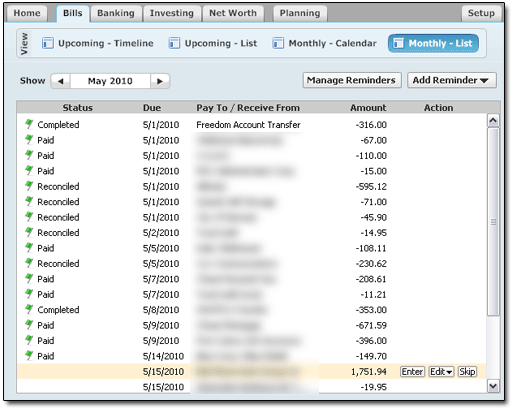
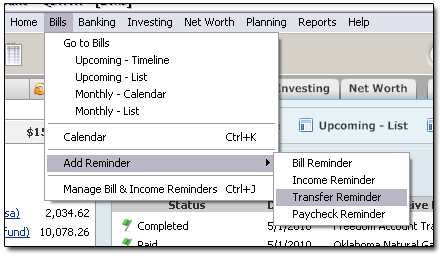
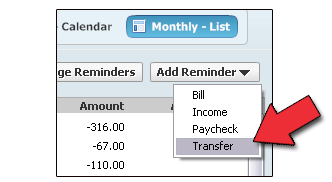
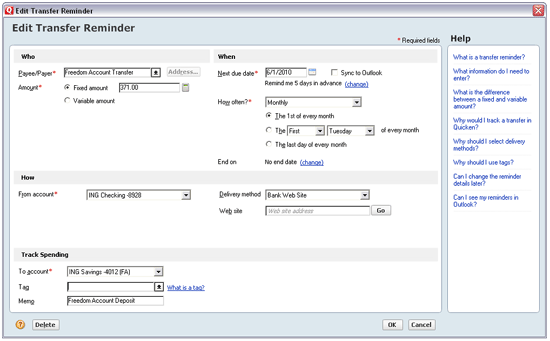

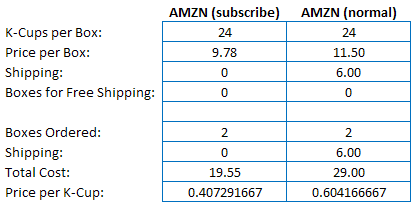
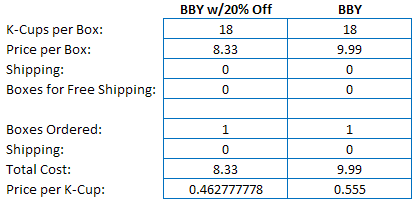
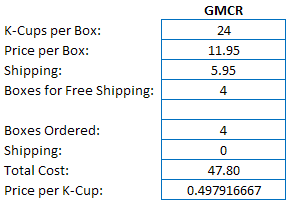
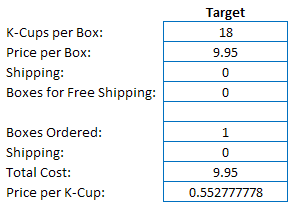
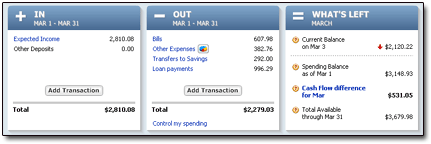
 I simply cannot convey the level of contempt I hold for 99% of Overdraft Whiners. Seriously.
I simply cannot convey the level of contempt I hold for 99% of Overdraft Whiners. Seriously.